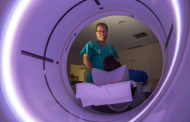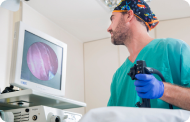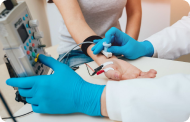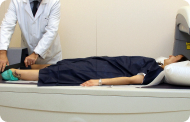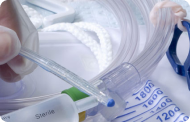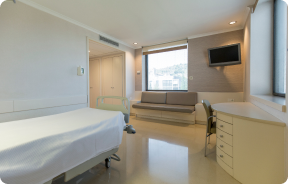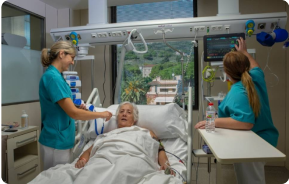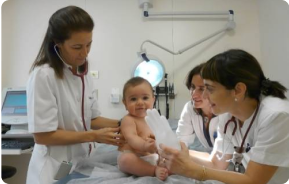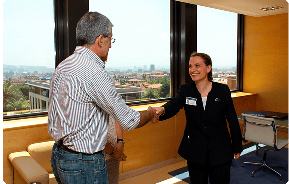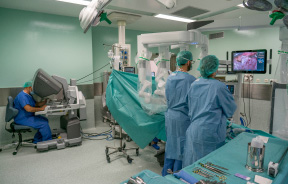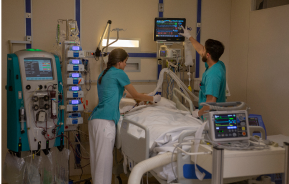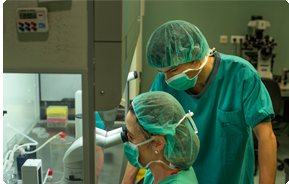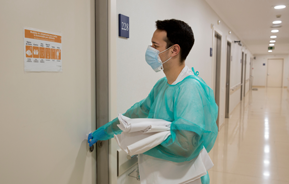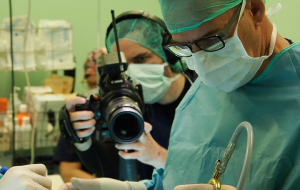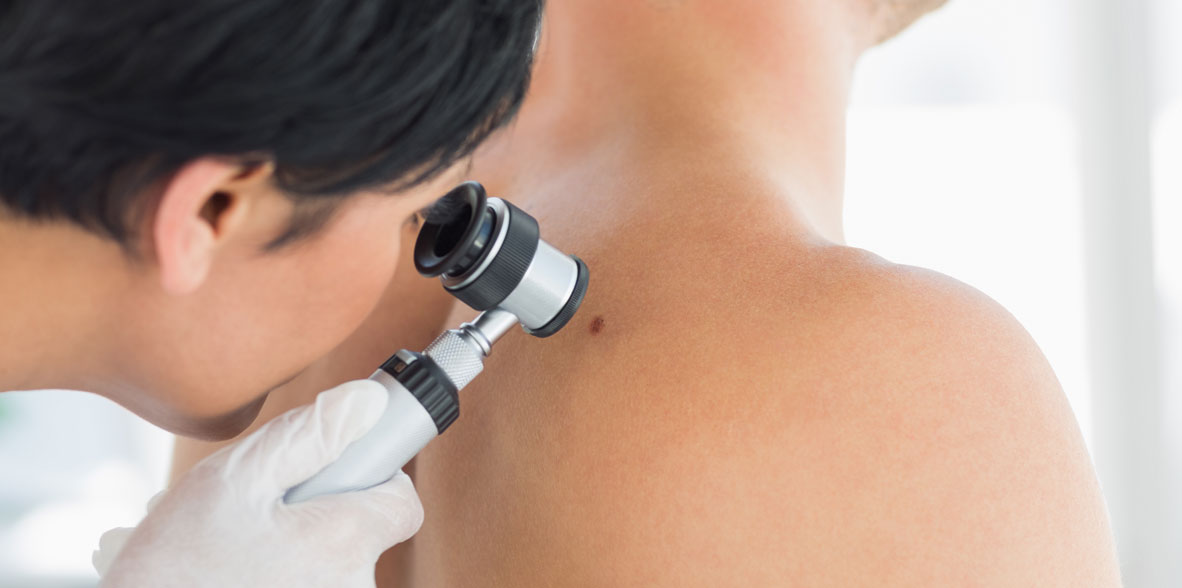
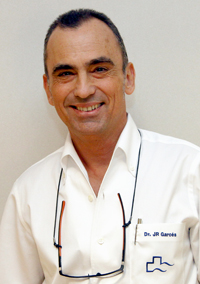
 Centro Médico Teknones/red-centros/centro-medico-teknon
Centro Médico Teknones/red-centros/centro-medico-teknon Centro Médico Teknones/red-centros/centro-medico-teknon
Centro Médico Teknones/red-centros/centro-medico-teknon- Hospital Quirónsalud Barcelonaes/red-centros/hospital-quironsalud-barcelona
- FACULTATIVO ESPECIALISTA DERMATOLOGÍADermatología Médico-Quirúrgica y VenereologíaCentro Médico Teknones/red-centros/centro-medico-teknon
- Centro Médico Teknones/red-centros/centro-medico-teknon
- Centro Médico Teknones/red-centros/centro-medico-teknon
- FACULTATIVO ESPECIALISTA DERMATOLOGÍADermatología Médico-Quirúrgica y VenereologíaCentro Médico Teknones/red-centros/centro-medico-teknon
- FACULTATIVO ESPECIALISTA DERMATOLOGÍADermatología Médico-Quirúrgica y VenereologíaCentro Médico Teknones/red-centros/centro-medico-teknon
- FACULTATIVO ESPECIALISTA DERMATOLOGÍADermatología Médico-Quirúrgica y VenereologíaHospital Quirónsalud Barcelonaes/red-centros/hospital-quironsalud-barcelona
La cirurgia microgràfica de Mohs és un tractament quirúrgic altament especialitzat per al càncer cutani, i proporciona l’índex més elevat de curació, comparat amb les tècniques tradicionals.
El procediment original va ser desenvolupat pel Dr. F. Mohs en la Universitat de Wisconsin (EUA) fa uns 60 anys. Amb el pas dels anys, la tècnica s’ha anat perfeccionat encara que en el seu concepte bàsic continua estant composta per tres passos fonamentals.
- Extirpació del teixit tumoral
- Preparació sofisticada de petites porcions de teixit extirpat per al seu examen microscòpic i determinació de si el tumor ha estat eliminat totalment o no
- Si s’hi detecta alguna cèl·lula cancerosa, es repeteix tot el procediment anterior, però només en l’àrea afectada, fins a aconseguir la curació total
- On es practica?
Com que el procediment global és lent i sofisticat, i necessita personal molt especialitzat, encara avui dia existeixen molt pocs centres al nostre país equipats per oferir aquest tractament. Centro Médico Teknon ofereix aquest procediment des de la seva fundació.
- Què es fa amb la ferida que queda?
Un cop s'ha eliminat completament el tumor, es decideix la millor solució per tancar la ferida creada per la cirurgia de Mohs.
A vegades es prefereix que tanqui per ella mateixa ("segona intenció"), per la qual cosa necessita cures diàries a casa seva en un període de temps aproximat de 3-4 setmanes.
Altres sistemes consisteixen a tancar amb sutures directament ("primera intenció") o mitjançant l'ús de penjalls, empelts o tècniques de cirurgia estètica.
L'elecció depèn de la grandària i la localització del defecte. En qualsevol cas, s'instruirà detingudament el pacient sobre la cura requerida en cada cas en particular.
- Quina és l'evolució posterior normal?
La majoria de pacients noten certa tibantor en la ferida, que disminueix amb el temps.
Cert grau de picor posterior a la curació de la ferida és també normal i es beneficia de qualsevol crema hidratant que s'hi apliqui (vaselina simple és suficient).
La majoria de tumors afecten branques superficials nervioses, per la qual cosa poden trigar un any fins que la sensació normal torni a la zona. Fins aleshores poden coexistir a l'àrea les sensacions de formigueig amb les de suro, o alternar-se totes dues.
El teixit que envolta la ferida conté molta més aportació sanguínia del normal per al procés de cicatrització. Això comporta que la pell es vegi més rosada i sigui més sensible als canvis de temperatura. Tant la sensibilitat com la vermellor desapareixen amb el pas del temps.
Cal tenir en compte que l'aspecte definitiu d'una ferida s'ha de valorar a l'any de la intervenció.



